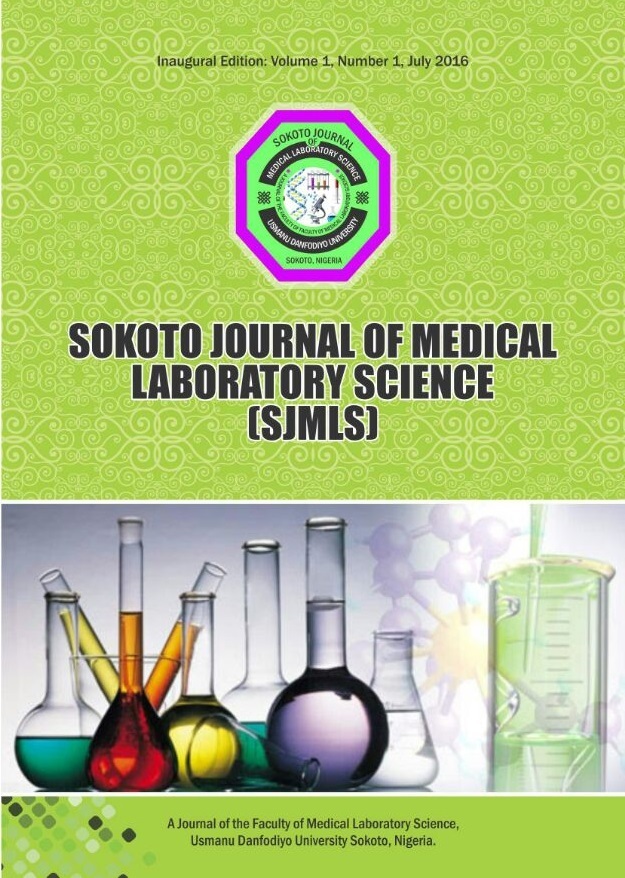Nasopharyngeal Carriage of Streptococcus Pneumoniae Among Apparently Healthy Children Attending Clinics in Ikara and Makarfi Local Government Areas of Kaduna State, Nigeria
Keywords:
Streptococcus pneumoniae, optochin resistance, under three, serotypes, nasopharyngeal carriage.Abstract
The aim of this study was to investigate the nasopharyngeal carriage of Streptococcus Pneumoniae among apparently healthy children < 3 years attending 2 health facilities in Ikara and Makarfi Local Government Areas of Kaduna State. Nasopharyngeal Swab samples were collected from three hundred and seventy (370) children comprising of 188 (50.80%) males and 182 (49.20%) females. The samples were cultured and the isolates were identified using standard biochemical and serological methods. All optochin resistant isolates were also identified using polymerase chain reaction (PCR). A total of 110 S. pneumoniae isolates were recovered giving a nasopharyngeal carriage of 29.70%. The carriage rate was found to be slightly higher among females 57(31.30%) than males 53 (28.20%). In relation to age, the highest 63(57.30%) was recorded for children 0 – 5 months and the lowest 3(2.70%) for children 21 – 25 months. Overall carriage rate was found to decrease with increasing age.
However, these findings were not statistically significant (p> 0.05). Six serotypes were distinguished, these included the following according to decreasing rate of occurrence; serotype 1, 43(39.10%), 3, 33(30.00%), 5, 5(4.50%), 12, 5(4.50%), serotype 4, 3(2.70%) and 6, 3(2.70%) respectively. However, 18(16.40%) of the isolates were non-typeable. Three isolates were observed to be optochin resistant and were further identified using polymerase chain reaction (PCR). Based on this study, there may be a relationship between optochin
resistance to prior chloroquine treatment. Introduction of pneumococcal conjugate vaccination (PCV) among high risk age groups may help in reducing nasopharyngeal carriage as well as the risk of both invasive and non-invasive pneumococcal diseases in the
study area.




